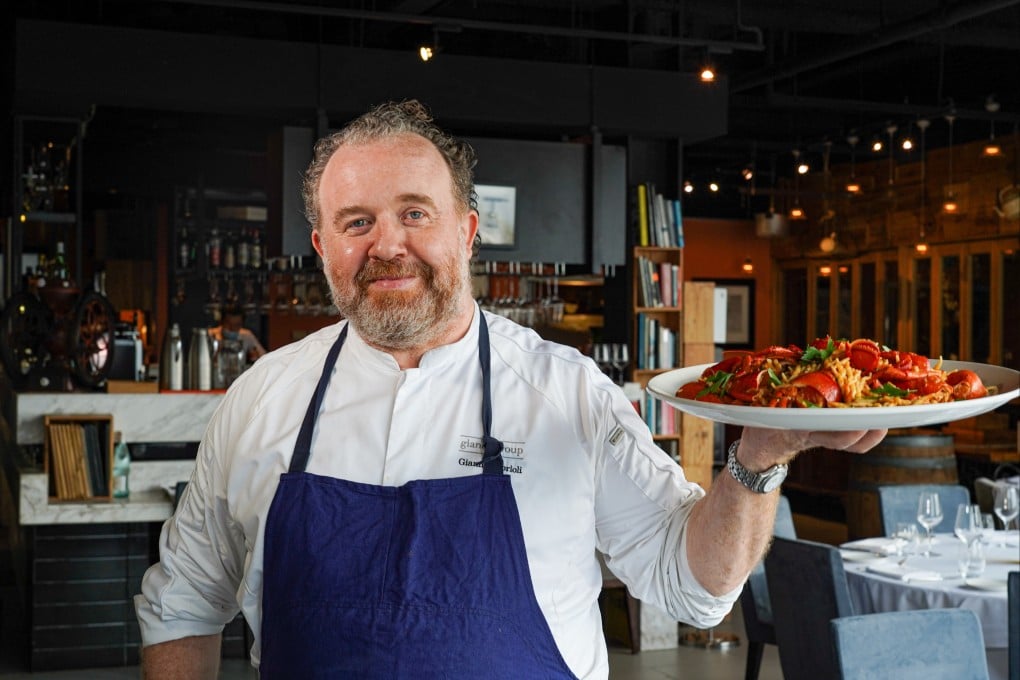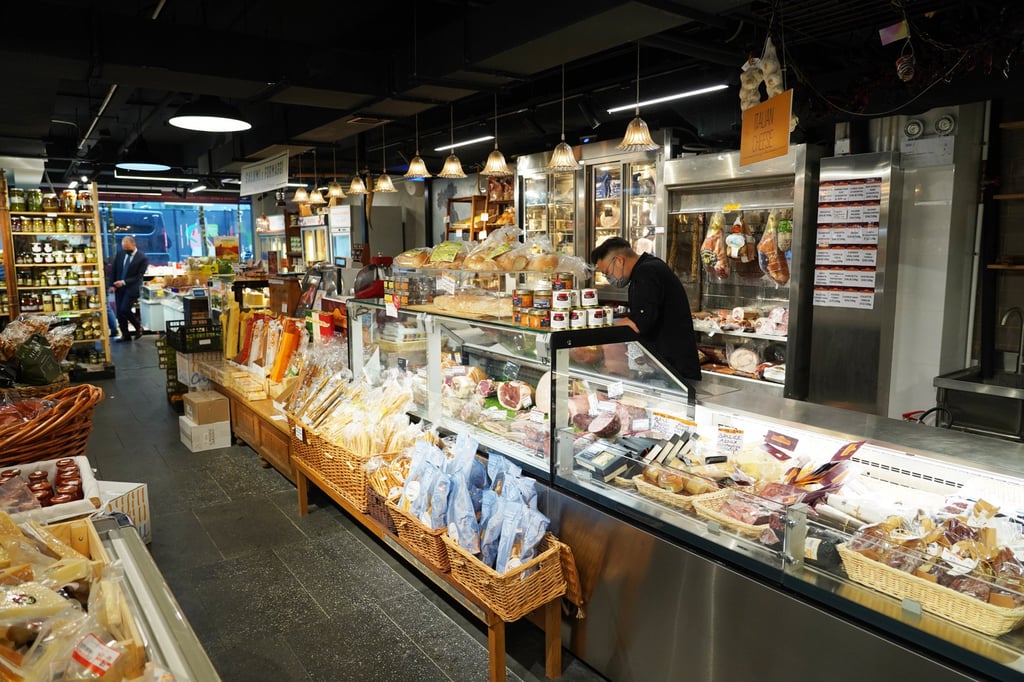Hong Kong’s Italian deli and gourmet grocery owners talk about online vs in-store shopping, quality produce, and why food is like sex
- Italian restaurants have been popular in Hong Kong for decades, and Italian chefs and food professionals are opening grocery shops and delis
- They talk about focusing on premium Italian produce, the warm welcome in their stores, and why personal service is so important

It sounds contradictory, but the main reason chef Gianni Caprioli started his Mercato gourmet shop was so he could spend more time cooking in his restaurant, Giando.
“When I opened Giando, I brought in many Italian products, like olive oil and fresh vegetables,” Caprioli recalls. “Even if the quantity was small, I would organise a shipment a week. Then every Saturday at the restaurant, I sold my extra products from a corner.
From this pragmatic beginning, Mercato emerged as a magnet for home cooks seeking premium Italian fare to make their own pesto, carbonara and cacciatore. After Fenwick Pier’s closure, its new flagship shop is now at 3-11 Wing Fung Street in the Star Street area of Wan Chai. Other outlets might offer more mainstream brands and corporate suppliers, but Caprioli focused on small, family-run producers and quality ingredients. In fact, he wasn’t just their seller, he became their advocate.

“As the shop grew, I took it more seriously and got more professional in importing and distribution. Meanwhile, the producers back in Italy would ask, ‘Can you sell more?’, so I want to help them sustain.